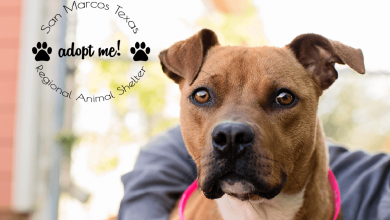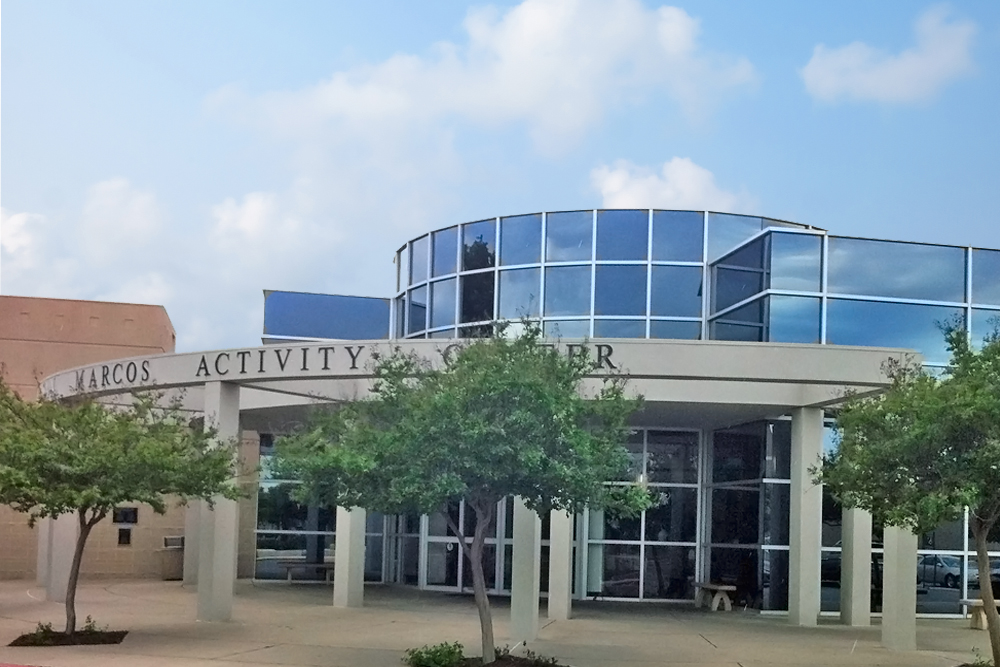Community Makes Conservation Efforts
<div id=”stcpDiv”>
<p>By: <a href=”https://star.txstate.edu/taxonomy/term/1452″>Sierra Holmes</a></p>
<p> Photo by<strong>: </strong><a href=”https://star.txstate.edu/taxonomy/term/1321″ target=”_blank”>Preslie Cox | Photographer</a></p>
<p> </p>
<p> </p>
<p> Popular environmentally friendly organizations on campus are no longer the only option for students who want to promote a “green” Texas State.</p>
<p> Recycling Services and Grounds Operations and other sustainable organizations like Bobcat Blend, Environmental Conservation Organization (ECO), Human Environmental Animal Team (H.E.A.T) and the City of San Marcos work together to keep the university and community environmentally responsible. A brand called “Bobcats Go Green” is a newcomer to the environmental community, said Jennell Rayos, interdisciplinary studies of sustainability graduate student.<span family:=”” new=”” times=””> </span></p>
<p> “Bobcats Go Green” was promoted at home football games this year as a way to get the word out to students about being eco-friendly. Rayos hopes to decrease the amount of trash left after games by putting recycling bins inside the stadium. After home football games, Rayos, along with other students, can be found cleaning around the stadium to promote the green initiative.<span family:=”” new=”” times=””> </span></p>
<p> “‘Bobcats Go Green’ was started by a graduate student (Duy Ba Le) who graduated in 2014,” Rayos said. “Duy asked the question, ‘Why is recycling not offered at the stadium?’”<span family:=”” new=”” times=””> </span></p>
<p> Rayos’ plan is to further Duy’s initiative in helping the university be noticed nationally as an advocate for the environment.<span family:=”” new=”” times=””> </span></p>
<p> “‘Bobcats Go Green’ is a brand, not an organization,” Rayos said. “More than 60 percent of students believed recycling should be offered at the stadium. I wanted to make that change.”<span family:=”” new=”” times=””> </span></p>
<p> The focal point of the initiative is to control the trash inside of the stadium, which will lead to less waste on the outside. Much of the trash on the outside of the stadium comes from tailgates before the games.<span family:=”” new=”” times=””> </span></p>
<p> “This year, in order to expand the initiative, I now include tailgating in the west and east athletic parking lots (to the cleaning list),” Rayos said. “‘Bobcats Go Green’ has made much progress. I still see room to improve by expanding to other athletic and campus events.”<span family:=”” new=”” times=””> </span></p>
<p> Texas Recycles Day is another approach for the university and San Marcos community to become knowledgeable about going green. Mario Garza, supervisor of Recycling Services, said spring 2015 will bring more involvement from incoming students. Current Bobcats will inform new students about the university’s green movement. <span family:=”” new=”” times=””> </span></p>
<p> The recycling team helps students stay informed.<span family:=”” new=”” times=””> </span></p>
<p> “One big component of Recycling Services is educating our students, which we see is an important factor for the community and students,” Garza said.<span family:=”” new=”” times=””> </span></p>
<p> As student population expands each year, the Recycling Department expects to see a definite increase in the amount of trash on campus, Garza said.<span family:=”” new=”” times=””> </span></p>
<p> Brad Smith, director of Grounds and Waste Management Operations, said the university takes more than one approach to go green.<span family:=”” new=”” times=””> </span></p>
<p> “It is more than recycling,” Smith said. “There is a deeper initiative that each department takes to oversee the efficiency of the environment.”<span family:=”” new=”” times=””> </span></p>
<p> The part of the recycling program that deals with waste management coordinates the servicing schedules for all waste hauling of university compactors. The hauling includes dining hall compactors, residence hall dumpsters and portable units off campus.<span family:=”” new=”” times=””> </span></p>
<p> “We make an effort to divert recyclable material from the waste stream,” Garza said.<span family:=”” new=”” times=””> </span></p>
<p> The Grounds Department works as the overseer for the management of water, vegetation material and trash on campus. <span family:=”” new=”” times=””> </span></p>
<p> “Students of any kind who wish to implement an environmental project to impact the campus must be overseen through the ESC (Environmental Service Committee),” Smith said.<span family:=”” new=”” times=””> </span></p>
<p> The Environmental Service Committee distributes money in order to provide the funding for ecological improvements at the university. The ESC offers funding for environmental education, recycling and Zipcar transportation, he said.<span family:=”” new=”” times=””> </span></p>
<p> “We have seen an increase of involvement from our students and sustainable organizations to promote their own environmental projects for the improvement of our campus,” Smith said.<span family:=”” new=”” times=””> </span></p>
<p> Garza expects students’ enthusiasm to move the university and the city toward environmental advocacy.</p>
<hr>
<p> <span family:=”” new=”” times=””> </span></p>
<p> </p>
<p> <a href=”https://star.txstate.edu/taxonomy/term/1452″>Sierra Holmes</a> is a reporter for the University Star where this story <a href=”https://star.txstate.edu/node/2958″ target=”_blank”>originally published</a>. It is reprinted here through a news partnership between the <a href=”https://star.txstate.edu/” target=”_blank”>University Star</a> and the San Marcos Corridor News | <a href=”https://twitter.com/corridornews” target=”_blank”>@CorridorNews</a></p>
</div>





